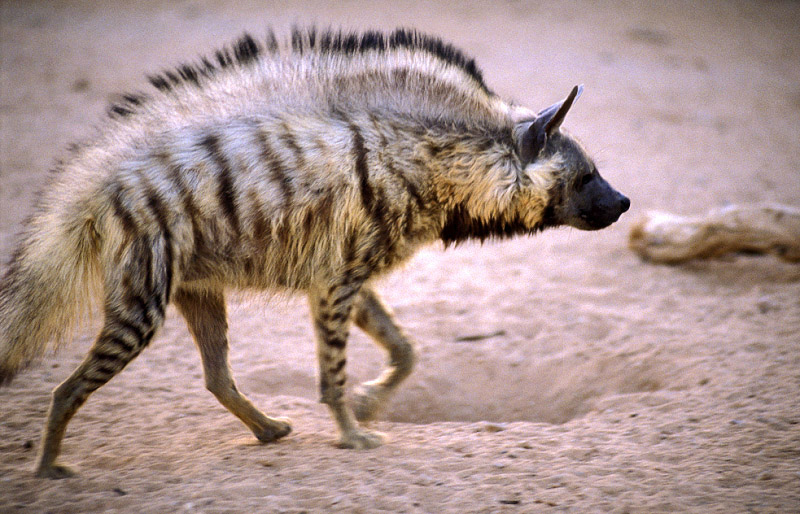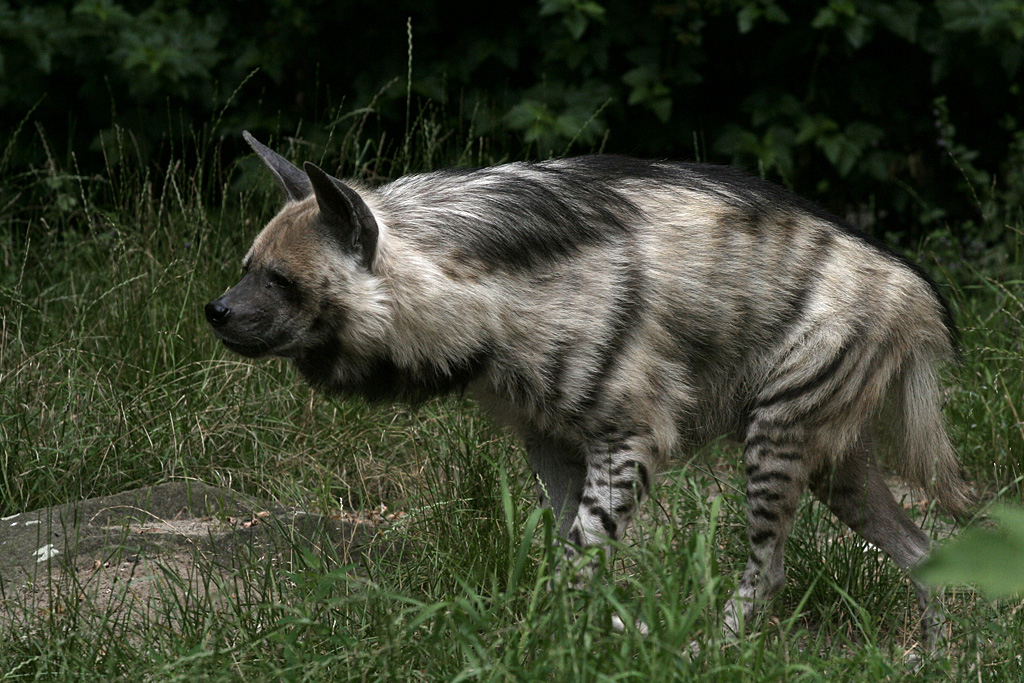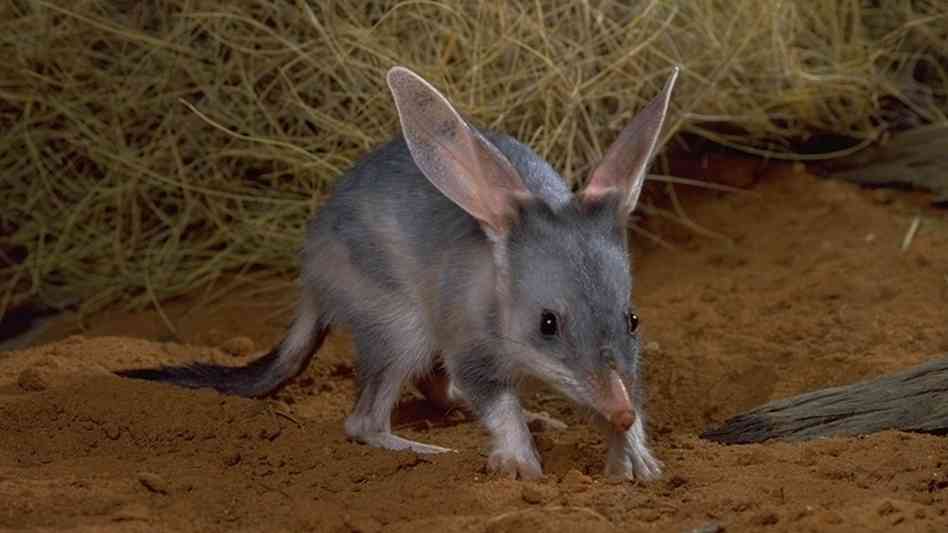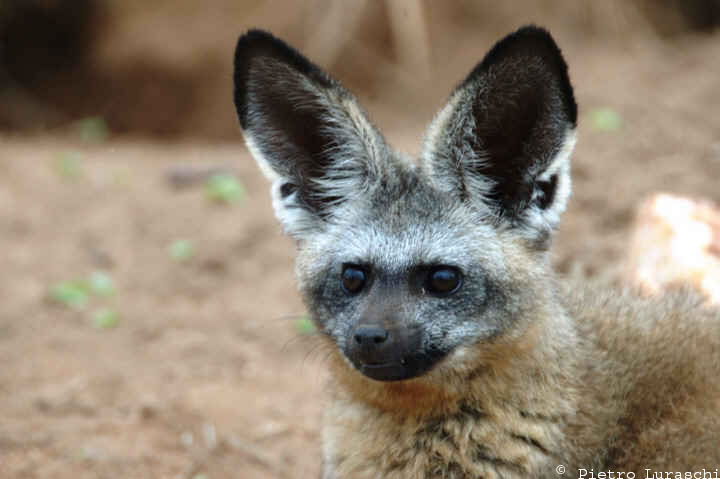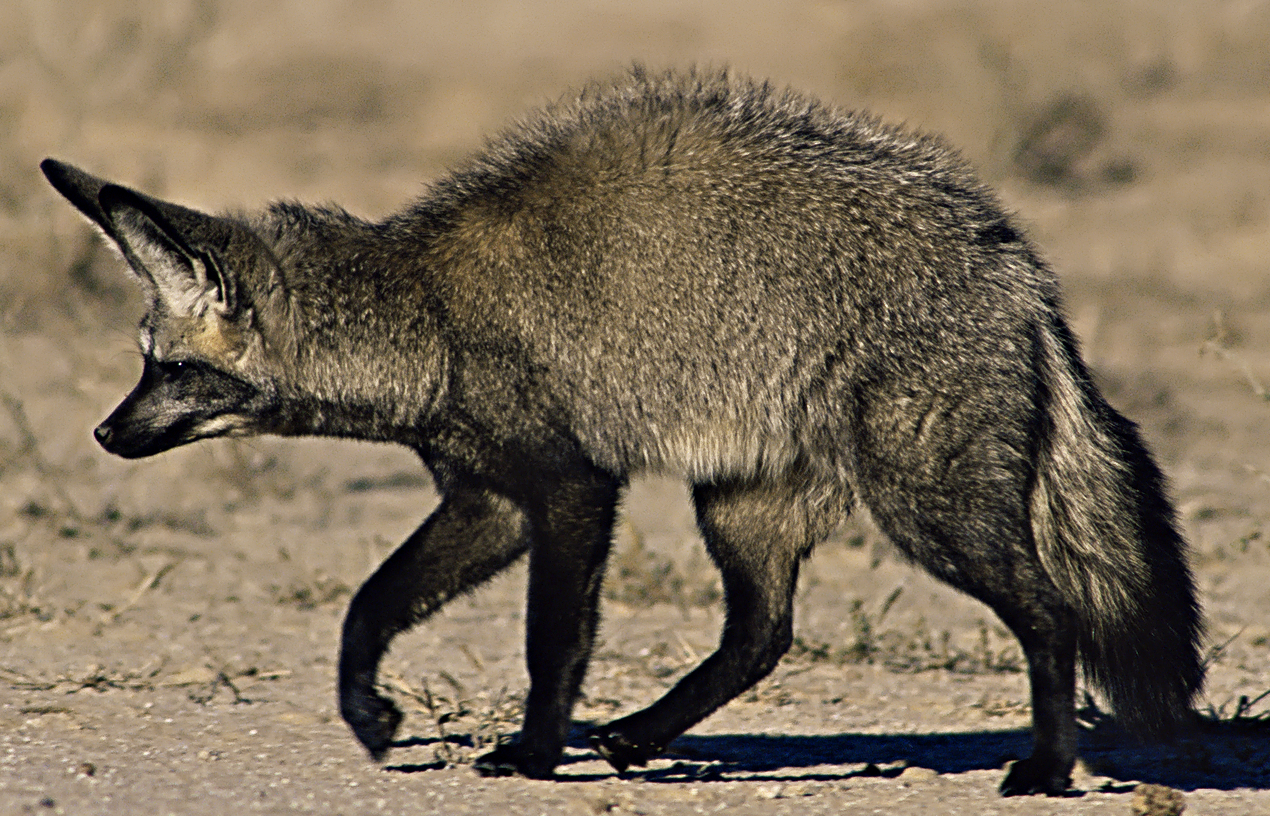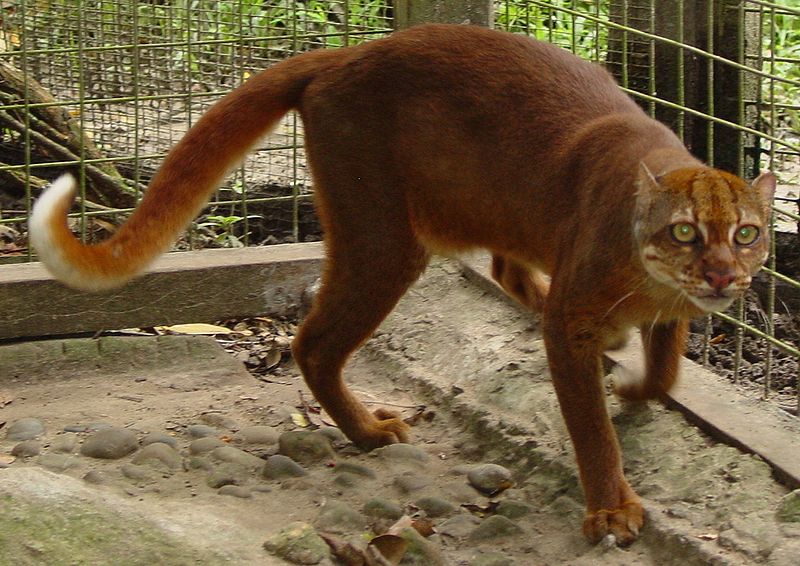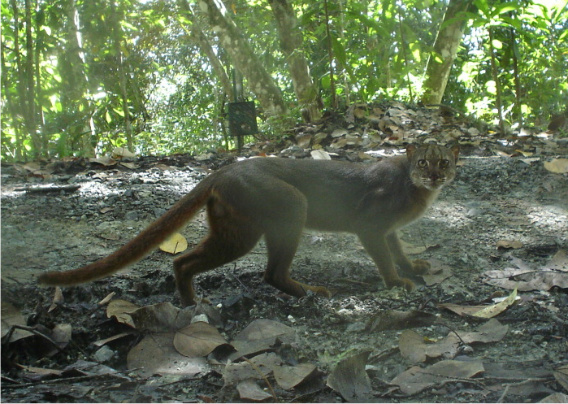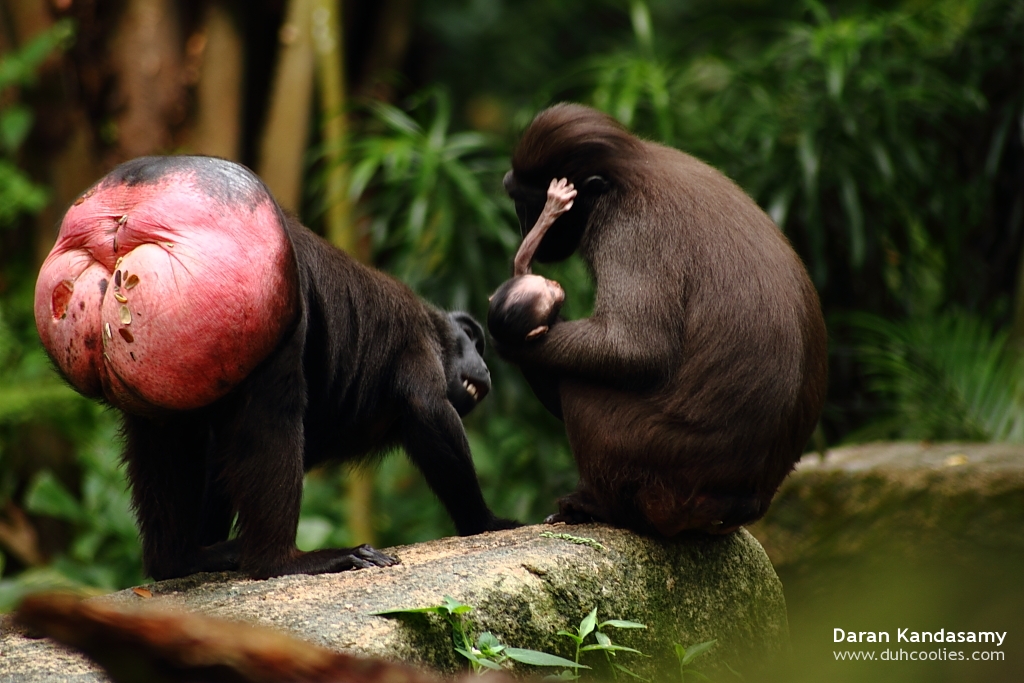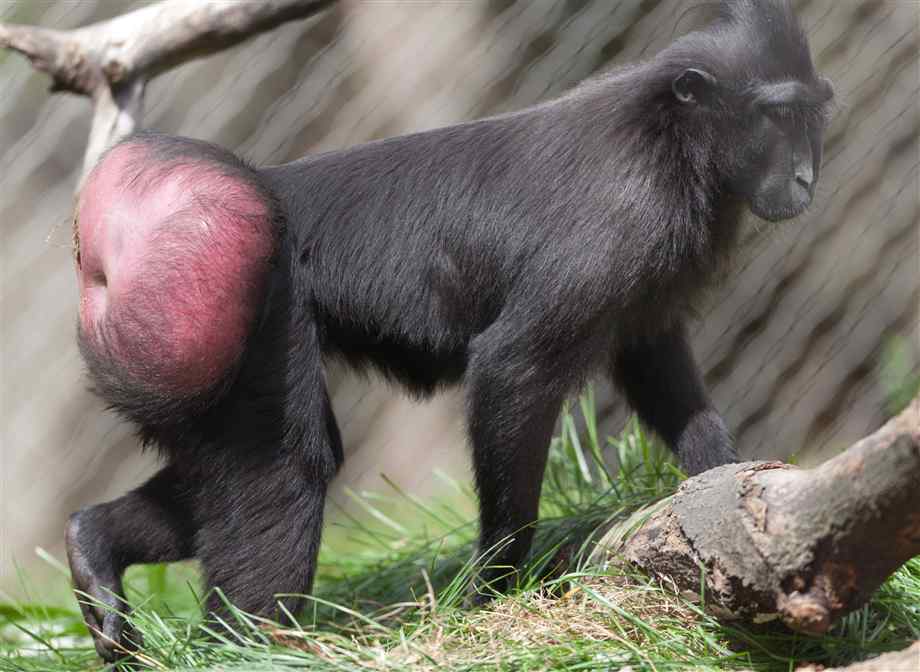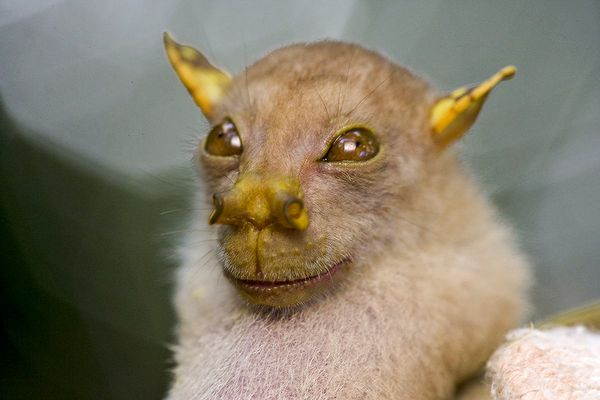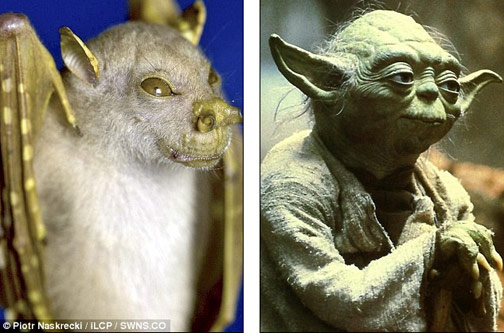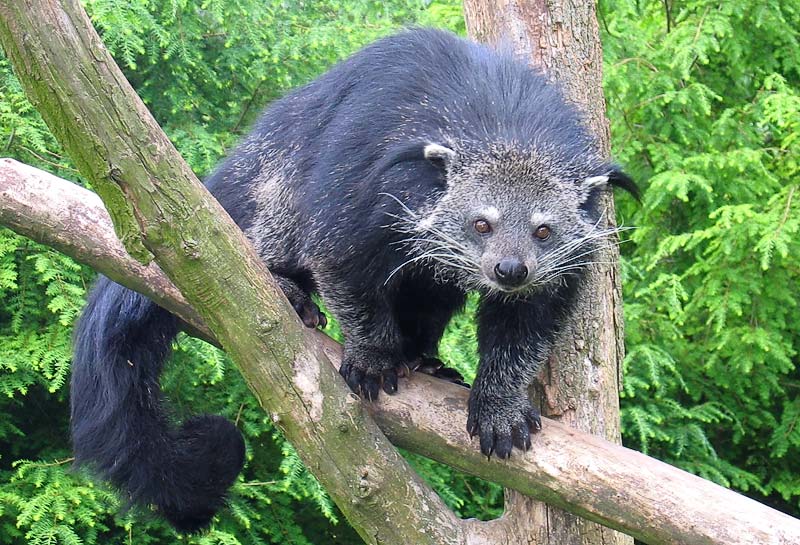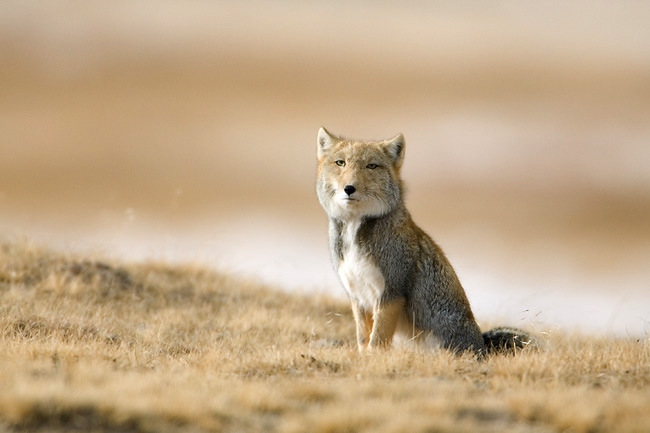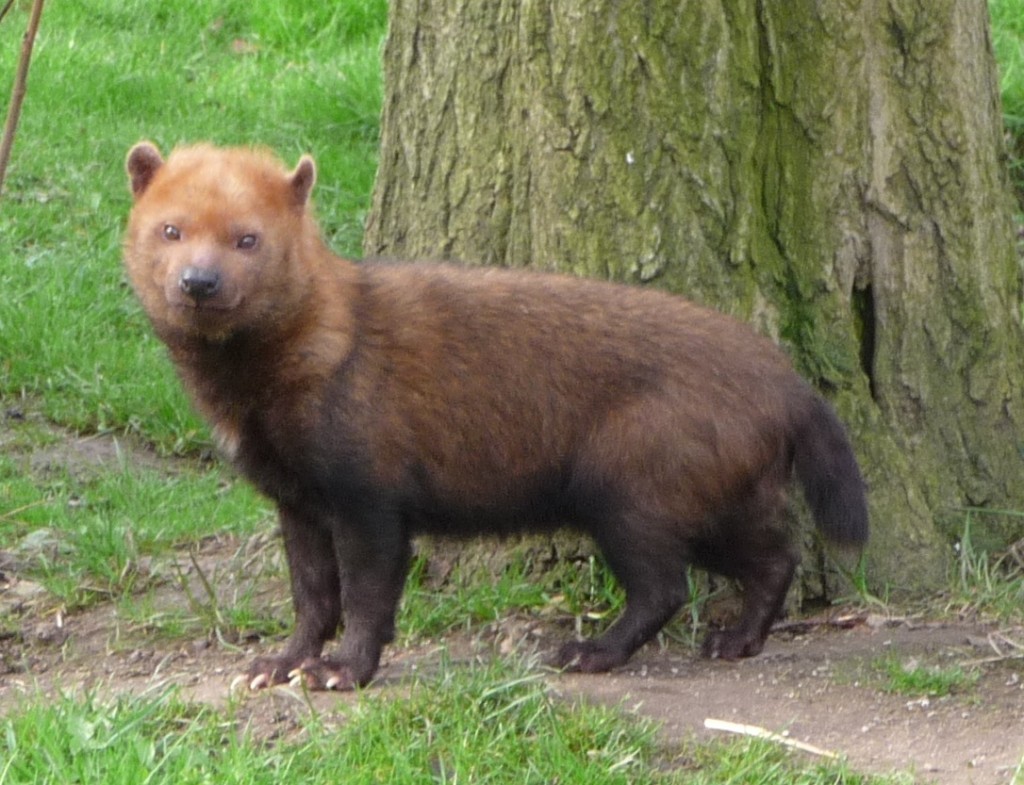Grab a wolf, a mohawk, a zebra and your imagination, then conjure up a creepy animal. Voila! The Striped Hyena. This small hyena species roams the lands of North and East Africa, the Middle East and the Indian subcontinent. Though a nocturnal scavenger by trade, the Striped Hyena has been known to hunt small prey. Despite its nighttime-only activities, humans have insisted on interfering with the hyena population. Today, fewer than 10,000 Striped Hyenas exist, earning them the ‘threatened’ badge. We feel threatened just looking these photos. Makes our hair stand on end.
Photos via Bless Chaos, Yuku, AnimalSpot
